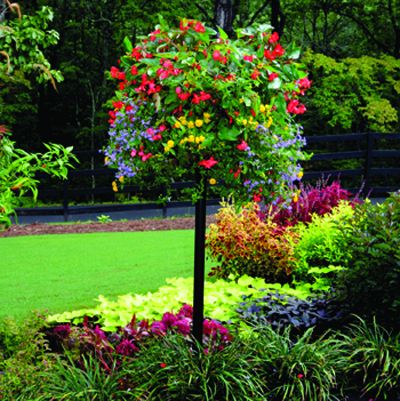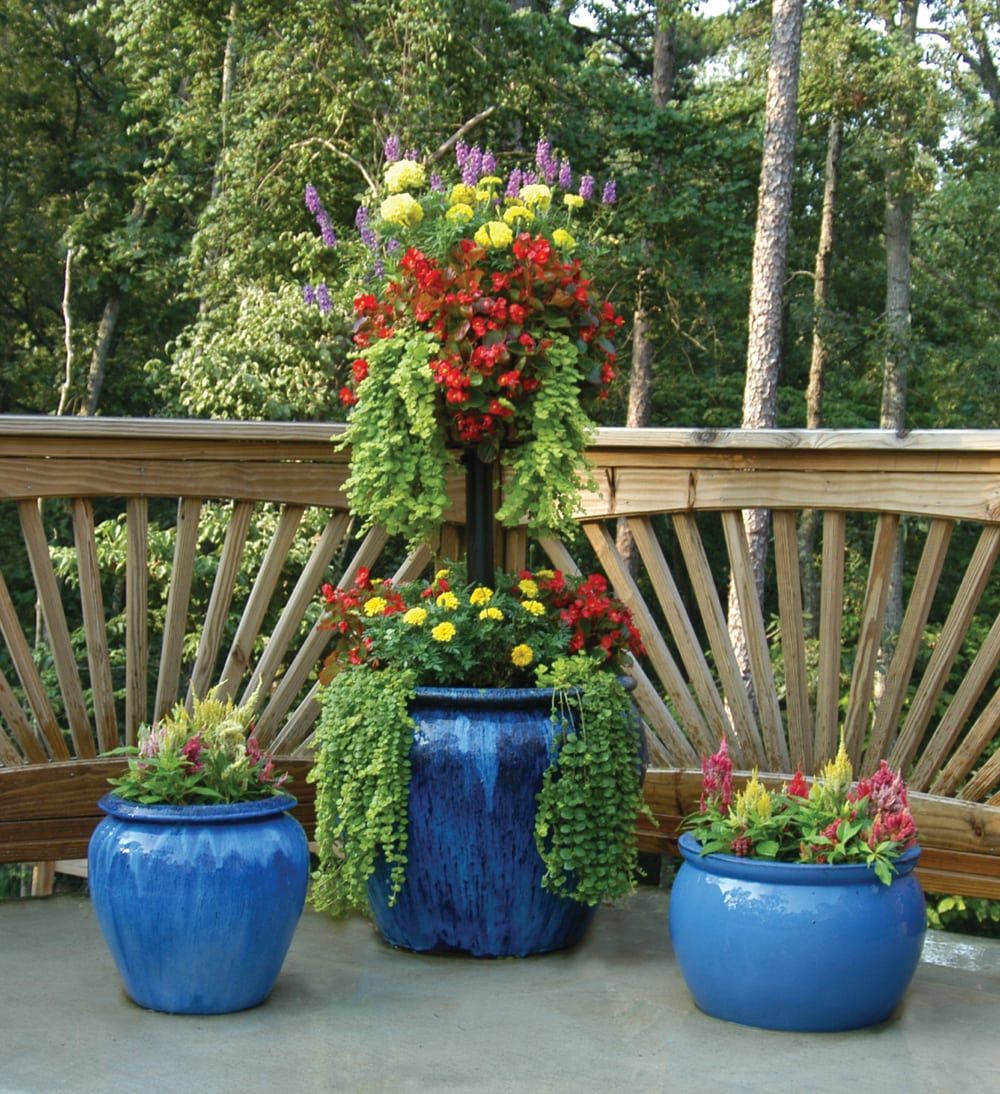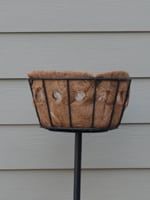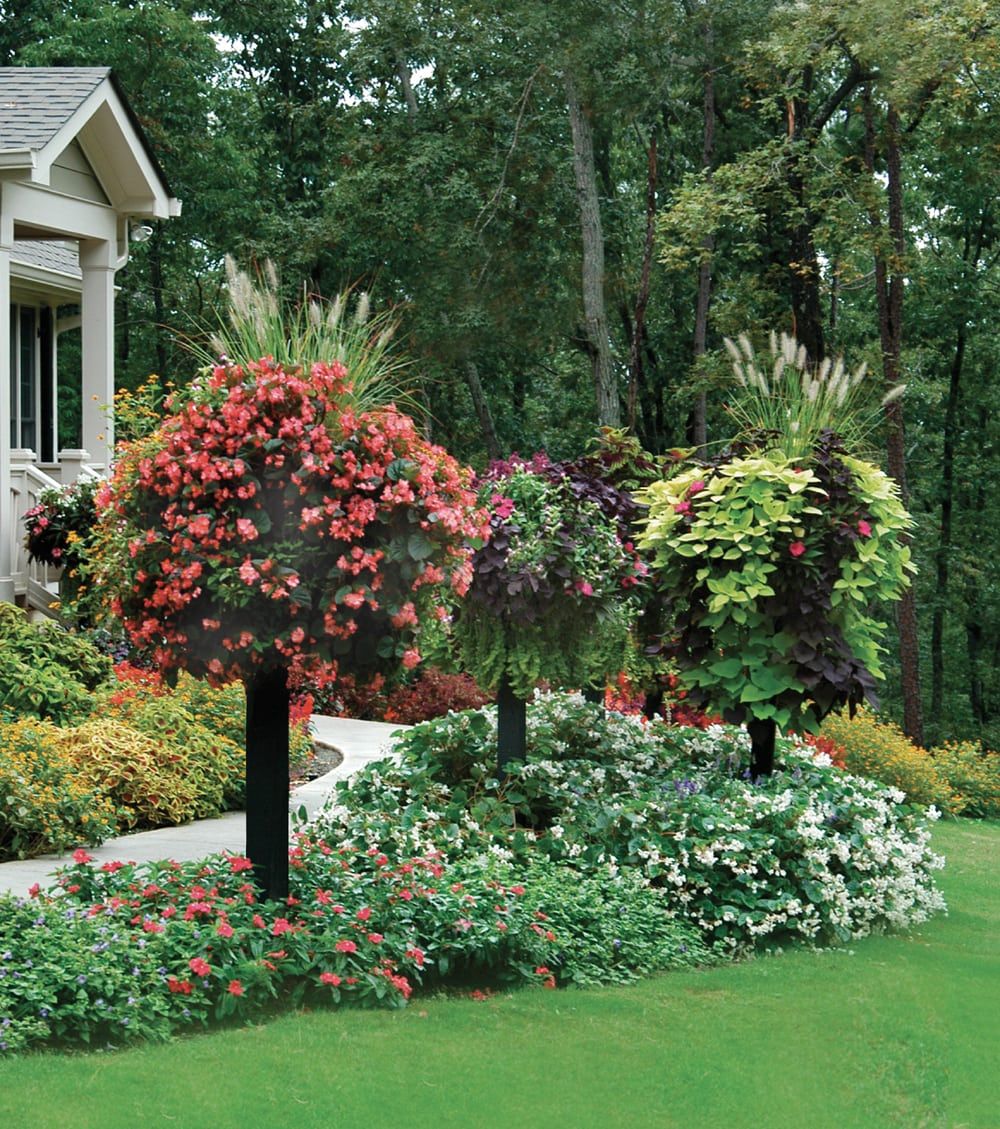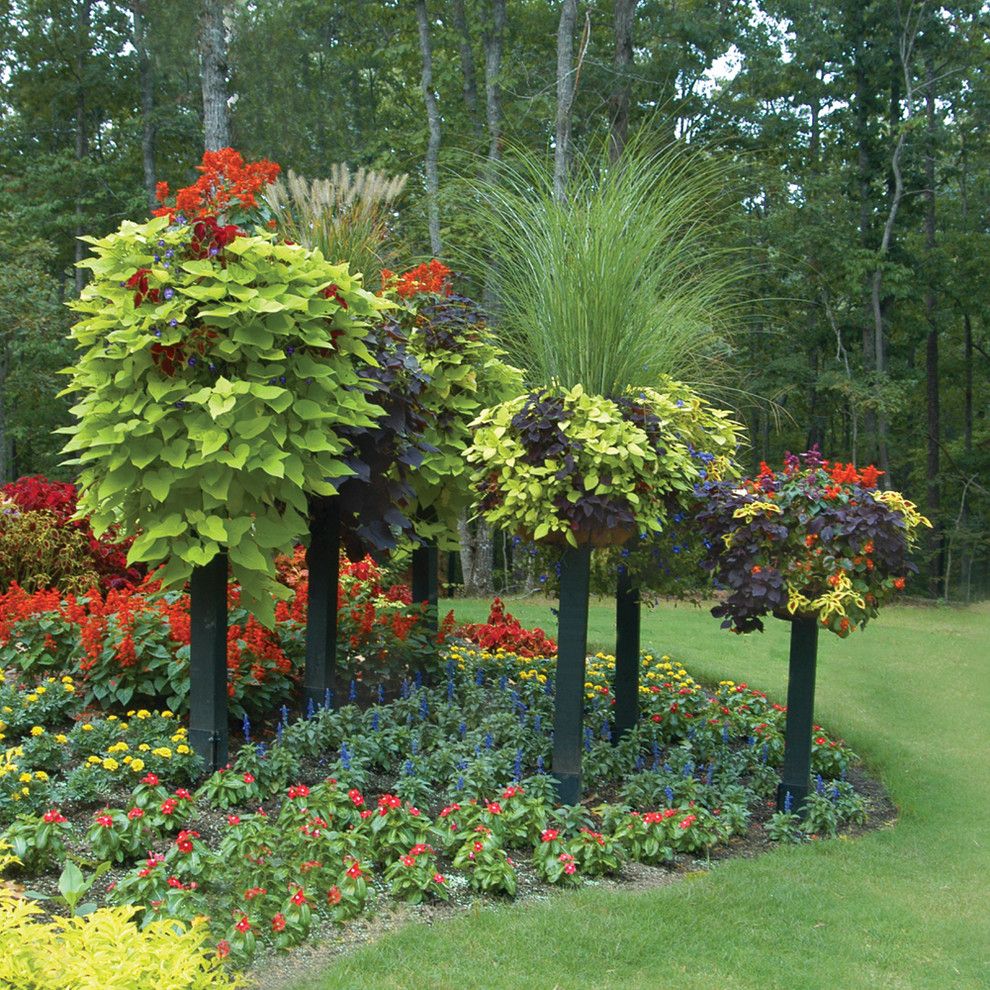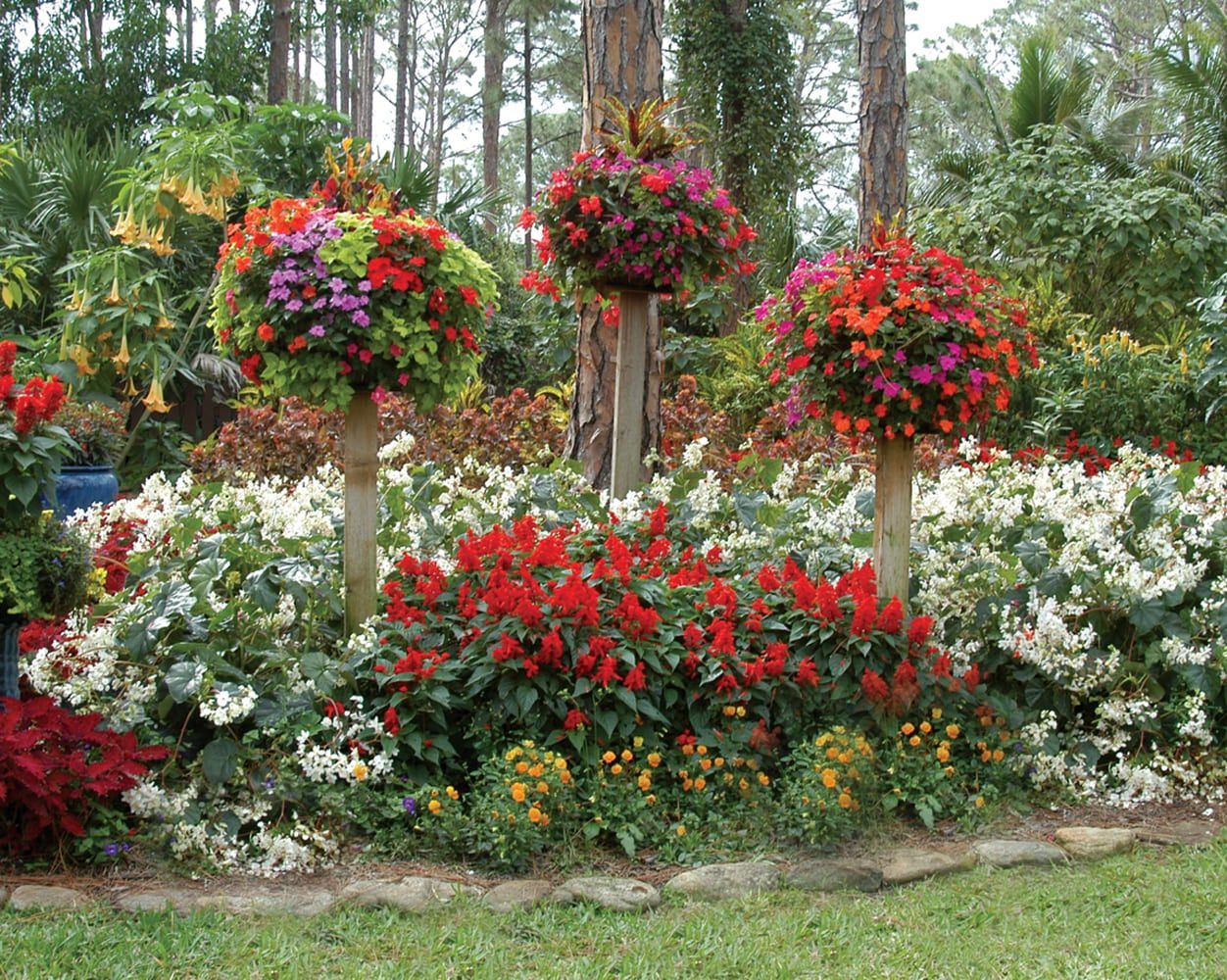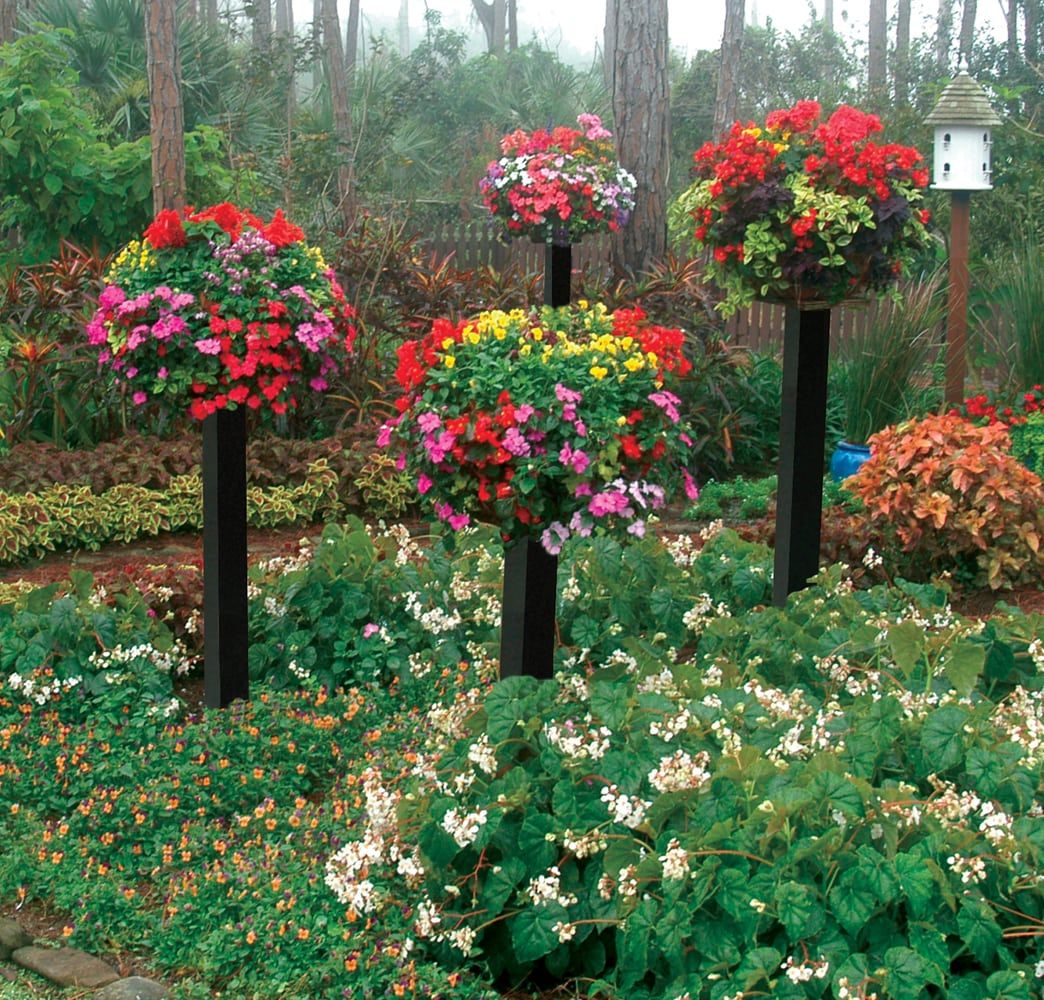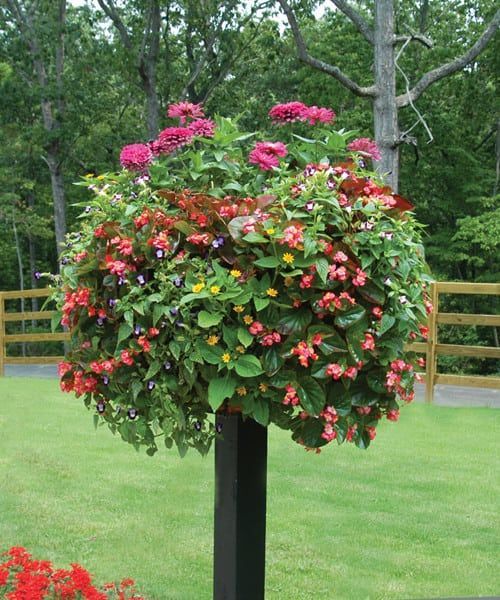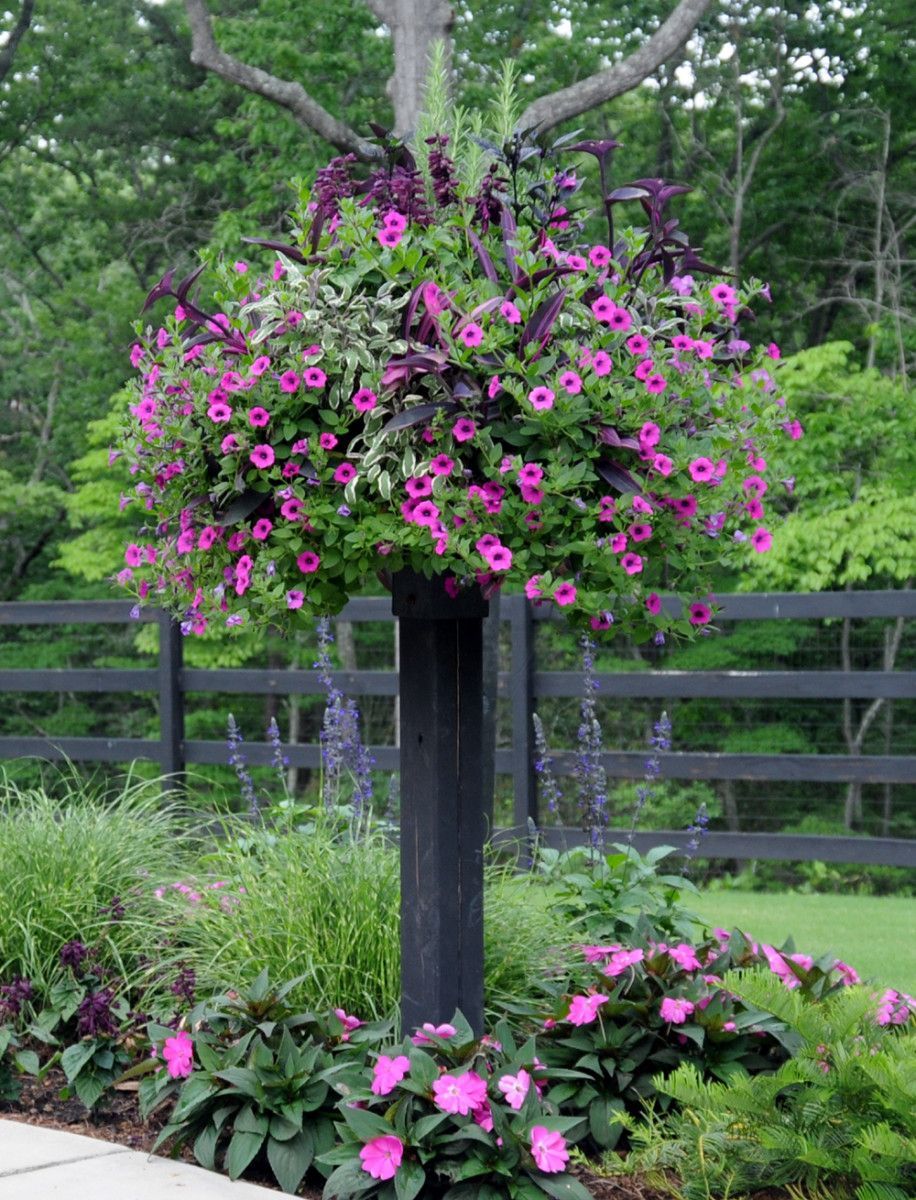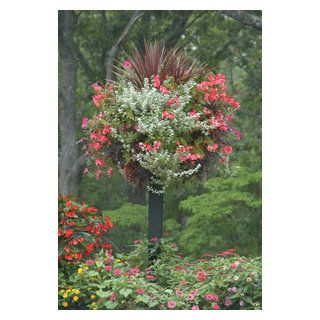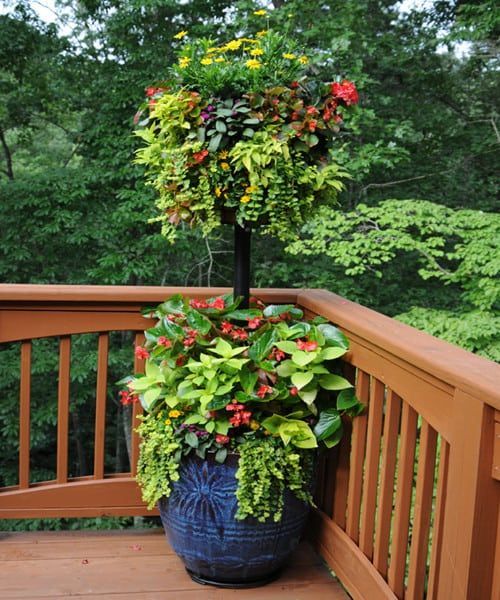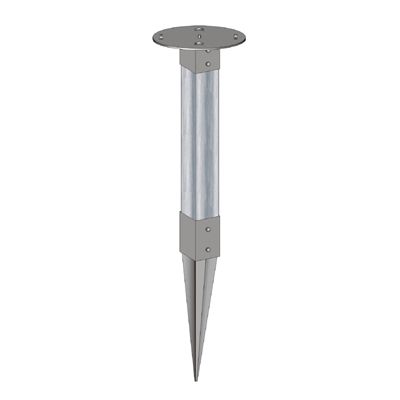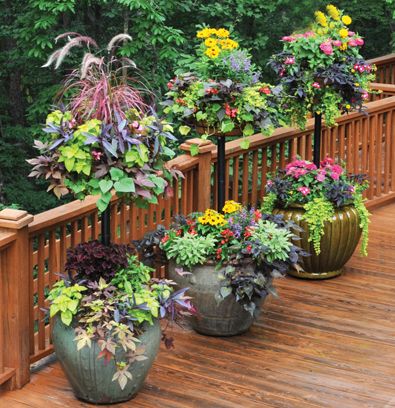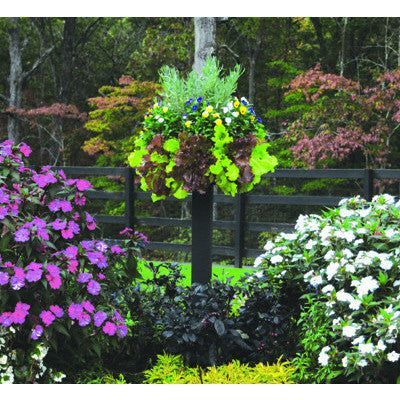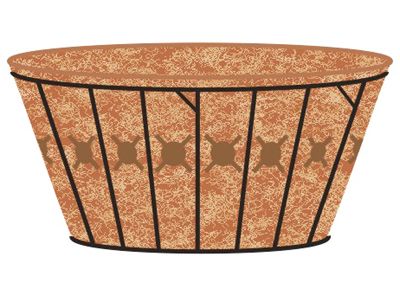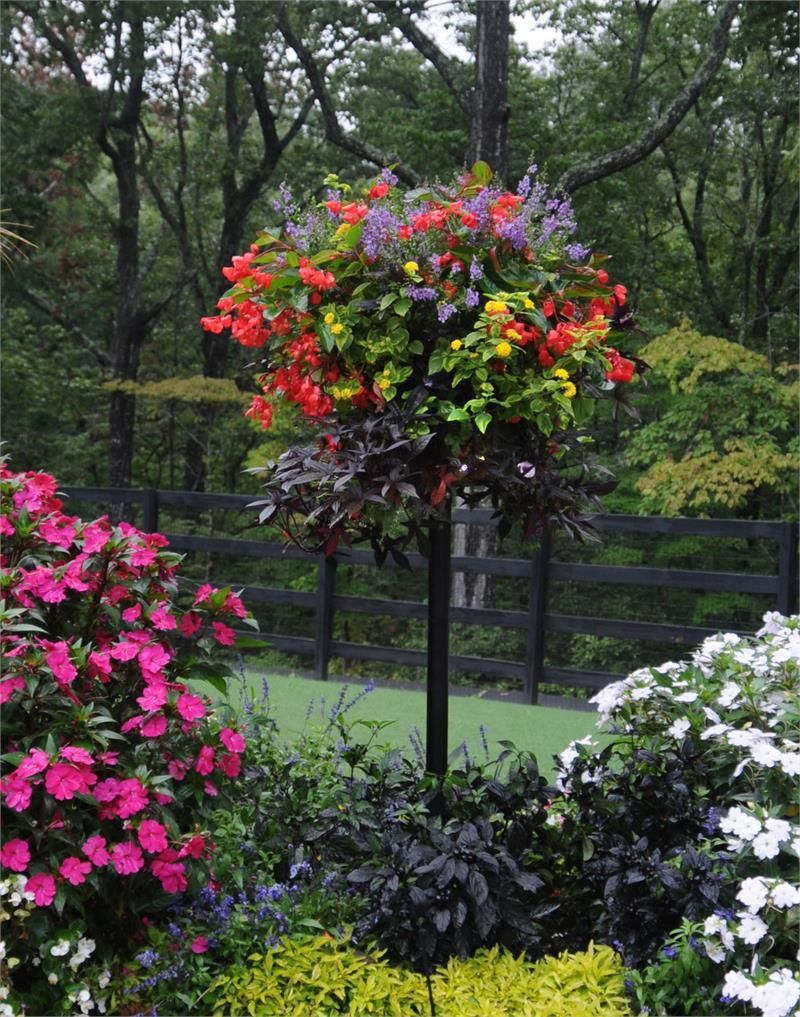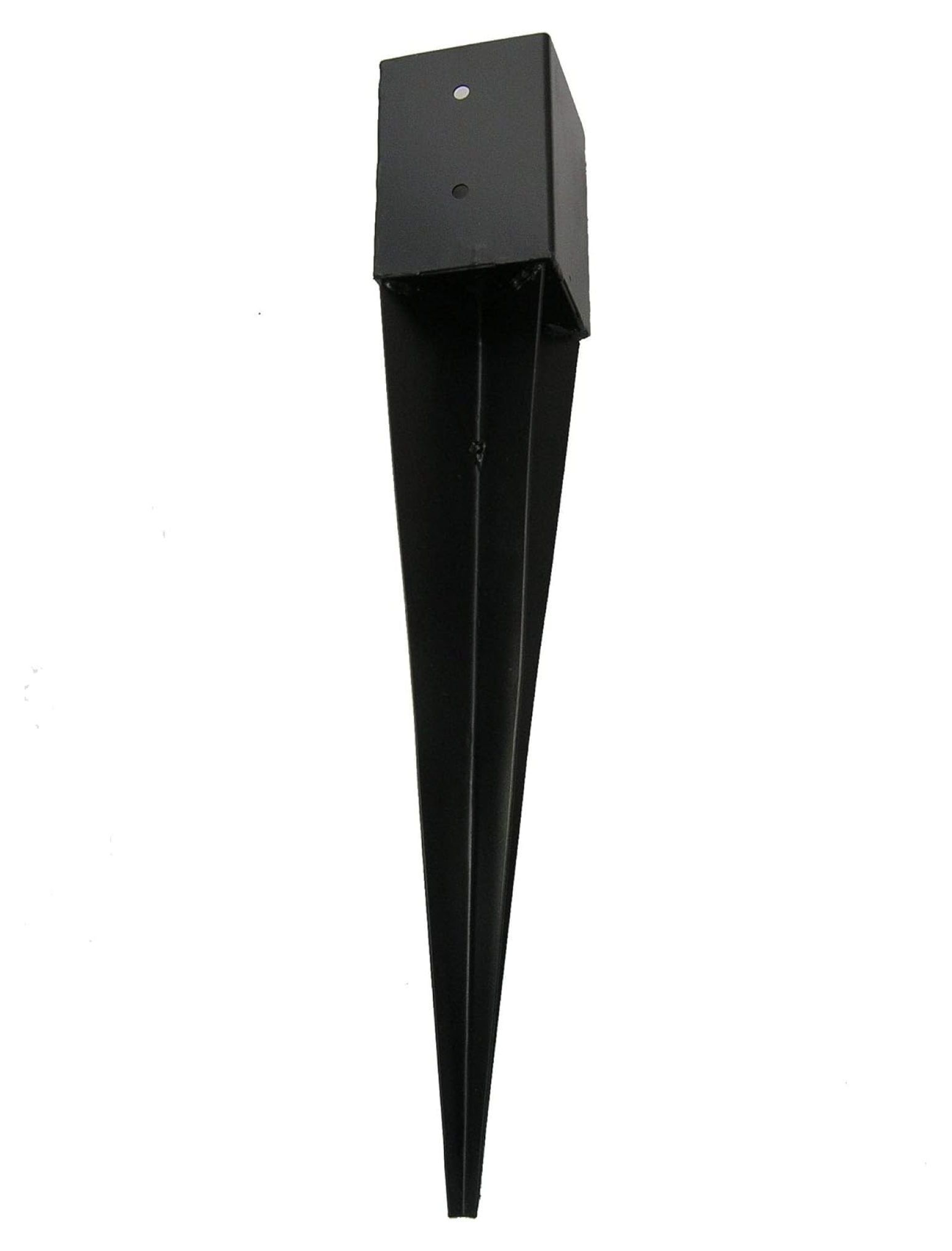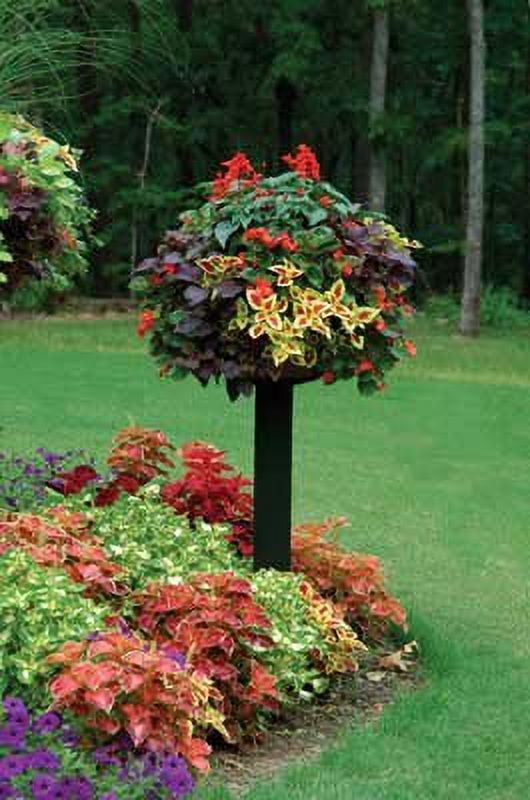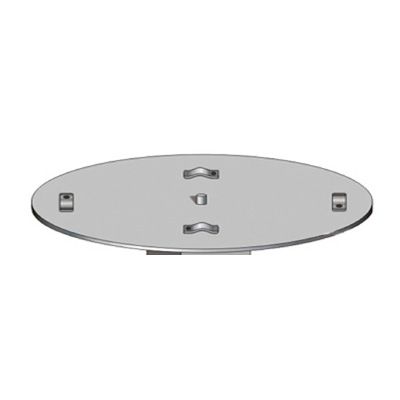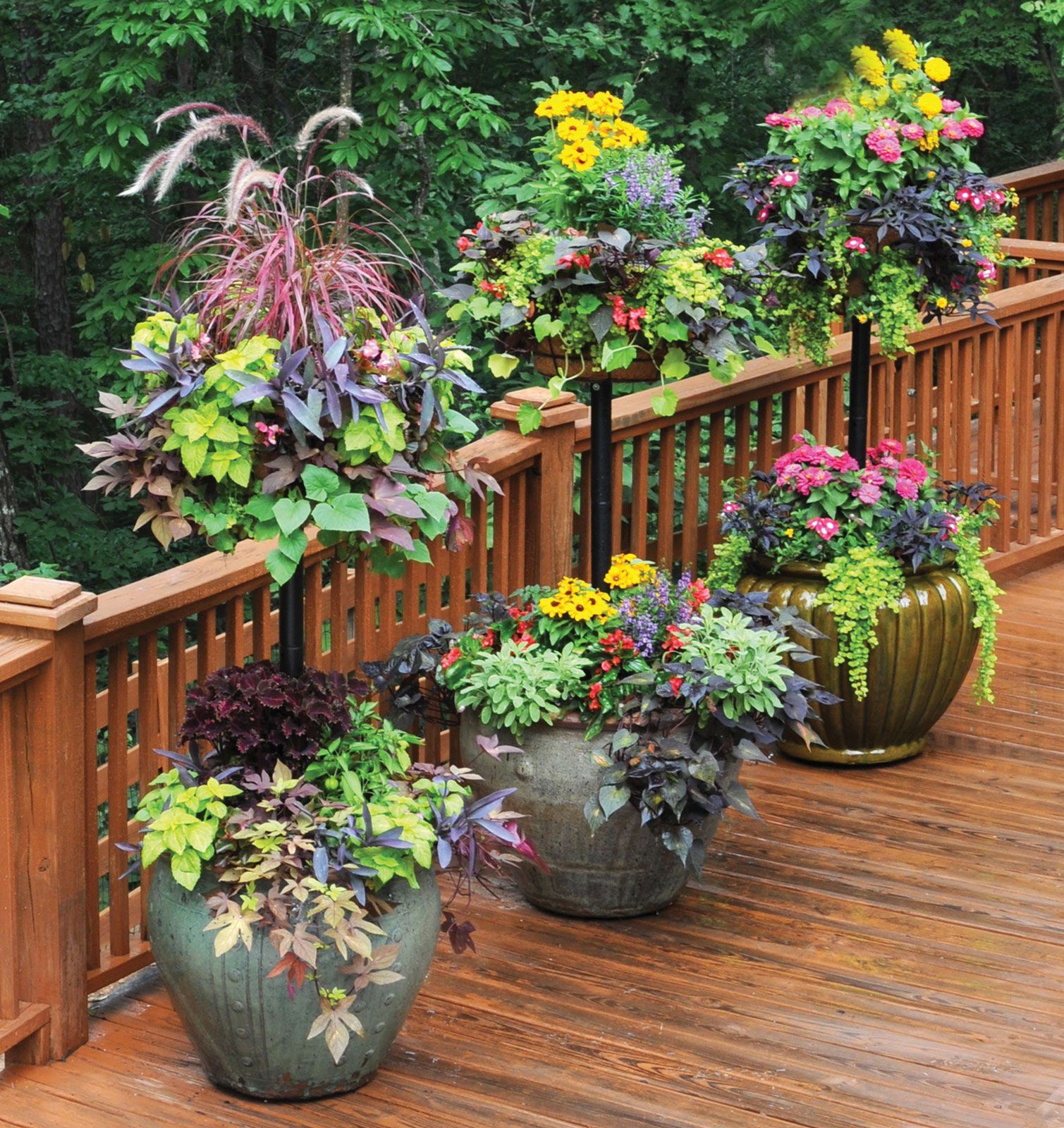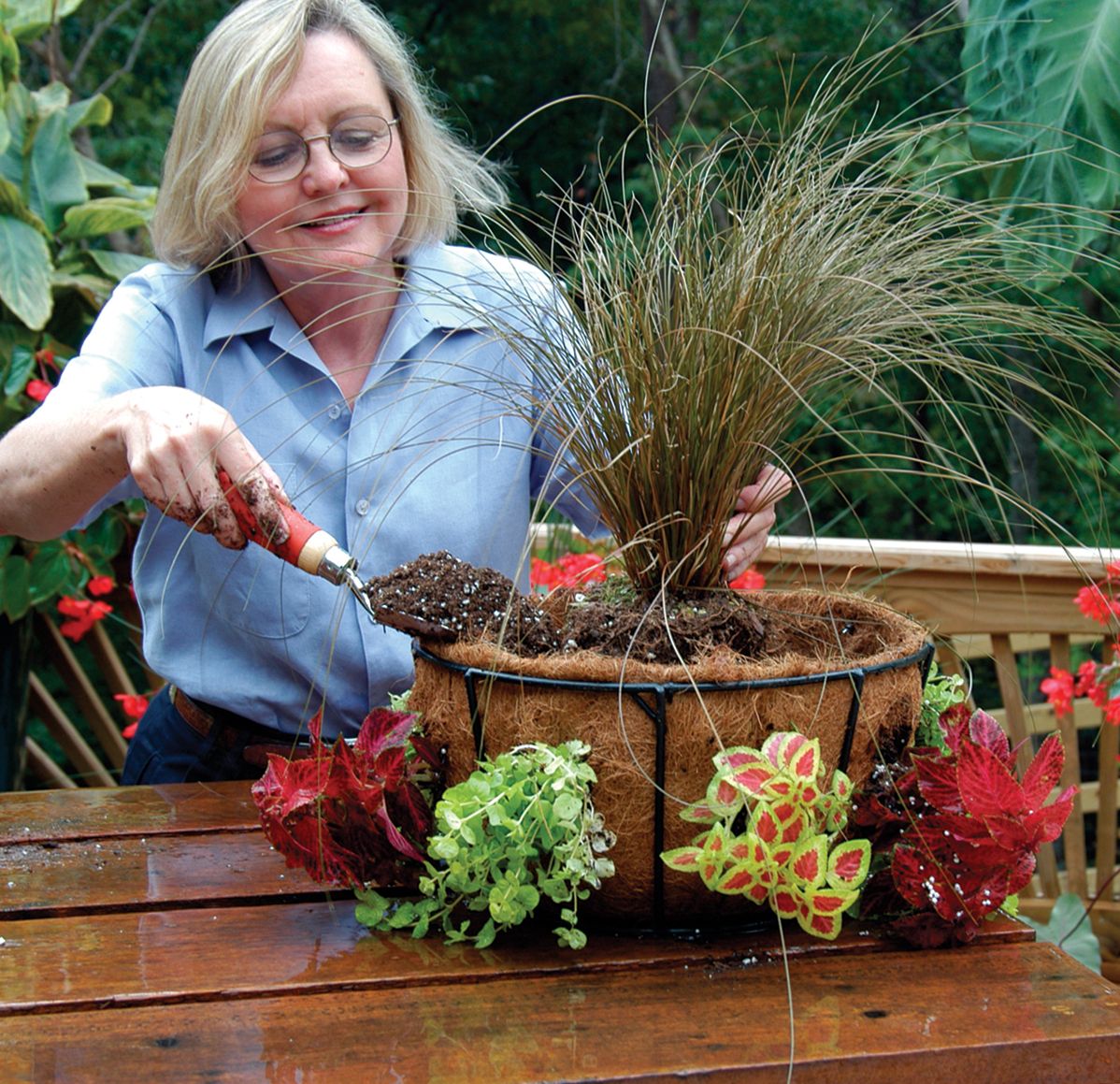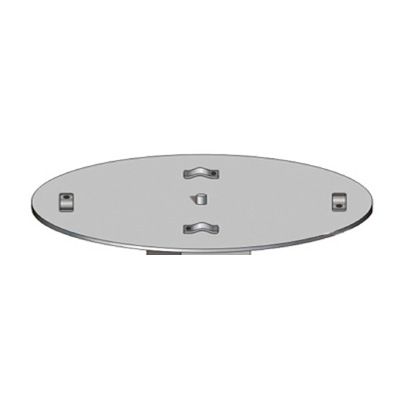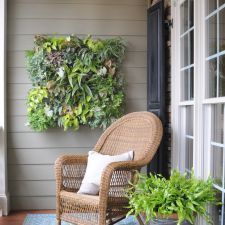Your garden is a canvas, and the edges are its frame. They define the space, add structure, and can elevate your entire landscape. But with so many options, where do you even begin? This guide is your roadmap, a friendly, and informative exploration of using border columns and metal posts to create garden edges that are not just functional, but also visually captivating. We’ll explore everything from choosing the right materials to practical installation tips, making sure your garden truly shines. And, and we’ll do it without all the jargon.
This isn’t just about pretty borders; it’s about crafting an outdoor space that reflects your personality, is easy to maintain, and provides years of enjoyment. Let’s get started, shall we?
Think about it: a well-defined garden, with crisp, clean lines, instantly looks more put-together and inviting. Garden edges serve many purposes. They keep grass from creeping into flower beds, contain mulch, and create a clear separation between different areas of your garden. More importantly, they add a layer of design, bringing structure and a polished look to your outdoor area. Whether you’re a seasoned gardener or just starting out, learning about border options is key to achieving the garden of your dreams. We’ll focus on border columns and metal posts, because they offer a great balance of aesthetics, durability, and versatility.
Border Columns: The Foundation of Elegance
Border columns, also called edging blocks, are a classic choice for a reason. They offer a sturdy, formal look and come in a variety of materials, including concrete, brick, and even natural stone. The real beauty of columns lies in their ability to create a clean line, preventing soil erosion and containing plantings. Think about a raised flower bed, neatly enclosed by concrete columns – it adds instant sophistication.
Here’s what to think about when choosing border columns:
- Material: Concrete is durable and affordable, while brick adds a touch of rustic charm. Natural stone is the most expensive but also the most beautiful, offering a unique, organic feel.
- Size and Shape: Columns come in different heights, widths, and shapes. Consider the scale of your garden and the overall design aesthetic you’re aiming for. Larger columns create a more substantial border.
- Installation: Installing columns usually involves some digging to create a level base. You might need some mortar to secure them, depending on the material.
Real-World Example: Imagine a cottage garden with a winding pathway. Using brick columns to edge the flower beds, creates a delightful contrast with the soft, flowing plants, while keeping everything organized.
Metal Posts: Modern and Minimalist
If you’re aiming for a more contemporary look, metal posts are an excellent choice. They offer a sleek, minimalist aesthetic that works beautifully in modern gardens. Metal posts are typically made from steel, aluminum, or corten steel, which rusts naturally to create a unique, weathered appearance. These are often used in conjunction with other edging materials, like wood or gravel. They can be used to create a very neat border.
Benefits of Metal Posts:
- Durability: Metal posts are incredibly long-lasting and can withstand harsh weather conditions.
- Versatility: They can be used in a variety of garden styles, from modern to industrial.
- Ease of Installation: Metal posts are often easy to install, either by driving them directly into the ground or using a base plate.
- Low Maintenance: Metal posts require very little upkeep.
Consider these factors:
- Type of Metal: Steel is strong but can rust if not properly treated. Aluminum is rust-proof but may be more prone to bending. Corten steel offers a beautiful, rustic look and is very durable.
- Height and Spacing: Think about how tall your posts need to be and how far apart you want to space them. Taller posts can create a more defined border, while closer spacing adds more visual weight.
- Color and Finish: Metal posts come in various colors and finishes, from powder-coated options to raw metal. Choose a finish that complements your garden’s overall design.
Choosing the Right Material for Your Needs
The perfect edging choice depends on your garden’s style, your budget, and your desired level of maintenance. For a formal, traditional look, concrete or brick columns are a great choice. If you prefer a more modern, low-maintenance option, metal posts will be perfect.
Here’s a quick comparison:
- Concrete Columns: Durable, affordable, and available in many styles. Can crack over time. Installation requires a bit of effort.
- Brick Columns: Adds a touch of rustic charm. Installation can be time-consuming. More expensive than concrete.
- Metal Posts: Modern, durable, and low-maintenance. Can be pricier, depending on the metal type. Requires some planning for installation, and you may need to make sure the metal is sealed.
Pro Tip: Don’t be afraid to mix and match! You could use metal posts to create a clean line, then fill the space between them with gravel or mulch for added texture and visual interest.
Installation: Getting Started
Installing garden edging might seem like a daunting task, but with a little planning, it’s totally doable. Before you start digging, mark out the area you want to edge using string and stakes. This will help you visualize the final result and ensure straight lines.
General Installation Steps:
- Prepare the Ground: Clear the area of any grass, weeds, and debris. Level the ground where the edging will sit.
- Dig a Trench (for columns): If you’re using columns, dig a trench that’s deep enough to accommodate the base of the columns.
- Install the Edging: Place the columns or posts in the trench or directly into the ground.
- Secure the Edging: Use mortar (for columns) or backfill with soil and tamp it down to secure the edging in place.
- Finishing Touches: Fill the area behind the edging with mulch, gravel, or soil.
Safety First: Always wear safety glasses and gloves when working with tools and materials. Call before you dig, to make sure you don’t hit any underground utility lines.
Maintenance and Care
Once your garden edging is installed, it’s important to keep it in good shape. Regular maintenance will help extend its lifespan and keep it looking its best.
Here are some maintenance tips:
- Clean Regularly: Sweep or hose down your edging to remove dirt, debris, and algae.
- Inspect for Damage: Check for cracks, chips, or other damage. Repair any damage promptly to prevent it from worsening.
- Weed Regularly: Keep weeds from growing around your edging.
- Seal Metal Posts (if needed): If you have metal posts that are not rust-resistant, consider sealing them with a protective coating to prevent rust.
- Re-level (if needed): Over time, the soil around your edging might settle. Re-level your edging as needed to maintain a neat appearance.
Tip: Consider using a weed barrier fabric behind your edging to minimize weed growth.
Inspiring Garden Edge Ideas
Ready to get creative? Here are some ideas to spark your imagination:
- The Rustic Retreat: Use reclaimed brick columns to edge a vegetable garden, creating a charming, farmhouse feel.
- The Modern Oasis: Install sleek, black metal posts to define a minimalist garden with gravel pathways and sculptural plants.
- The Cottage Garden Charm: Combine low concrete columns with a border of colorful flowers and herbs.
- The Natural Look: Use natural stone edging to blend seamlessly with the surrounding landscape, creating a tranquil, organic vibe.
- The Playful Edge: Use brightly colored metal posts to add a pop of color and personality to a child’s play area.
Remember, the best garden edge is one that reflects your personal style and enhances the beauty of your outdoor space.
Designing stunning garden edges is a rewarding project that can dramatically improve your outdoor space. By understanding the different options, choosing the right materials, and following some simple installation and maintenance tips, you can create a garden that’s both beautiful and functional. Don’t be afraid to experiment with different styles and materials to find what works best for you and your garden. With a little effort, you can transform your outdoor space into a true oasis. So, get out there, start planning, and get ready to enjoy the beauty of your perfectly edged garden. I hope this guide has helped you on your journey to a more beautiful garden. Happy gardening, and don’t be afraid to try new things. And, remember, garden design is a process, not a destination.
